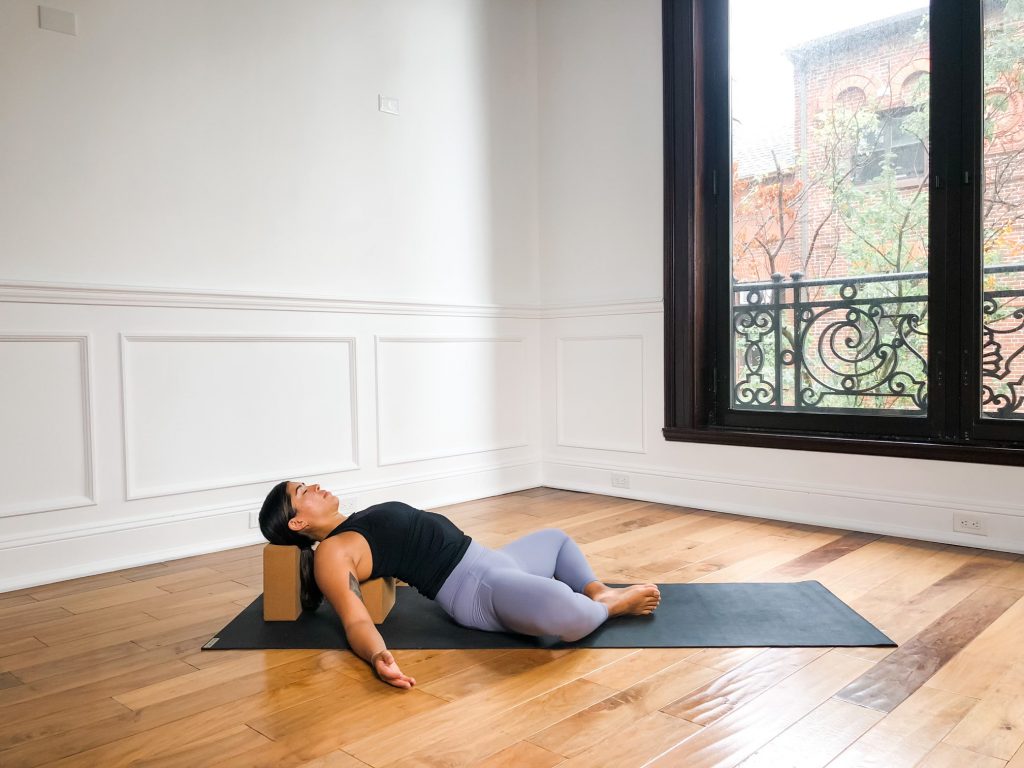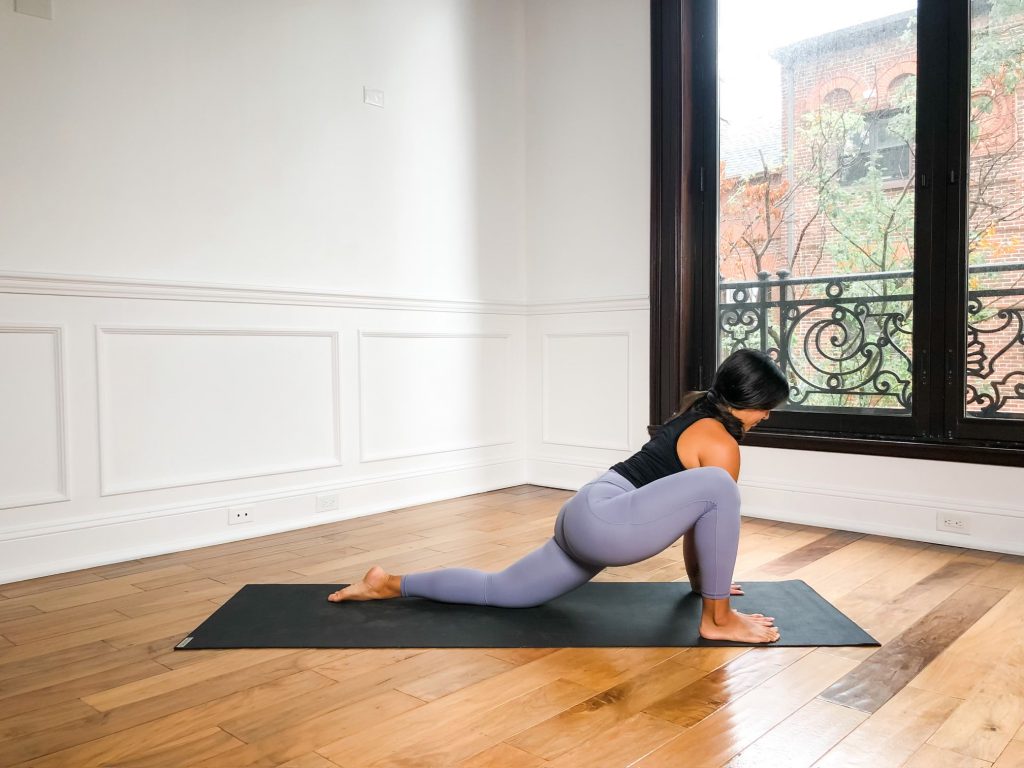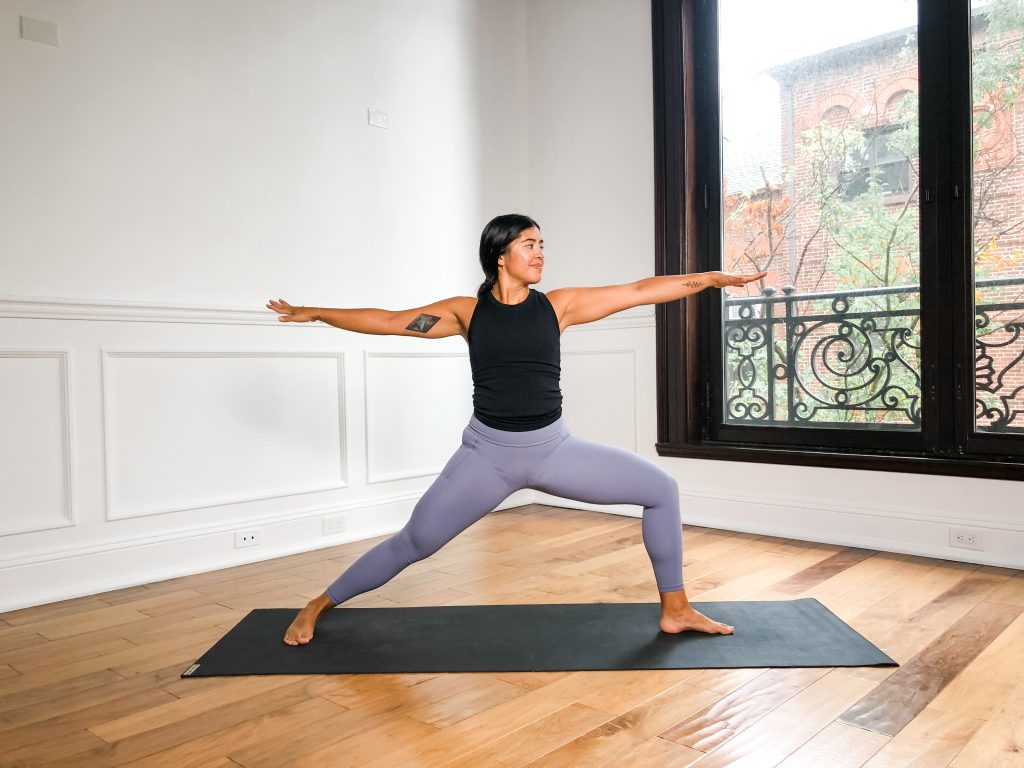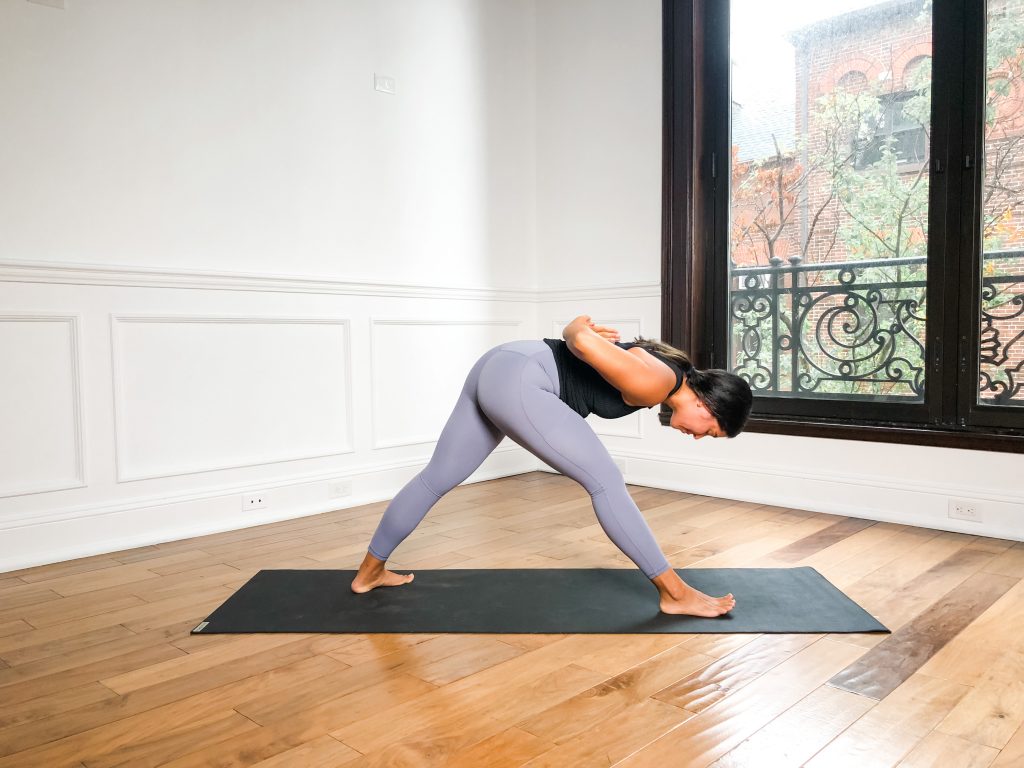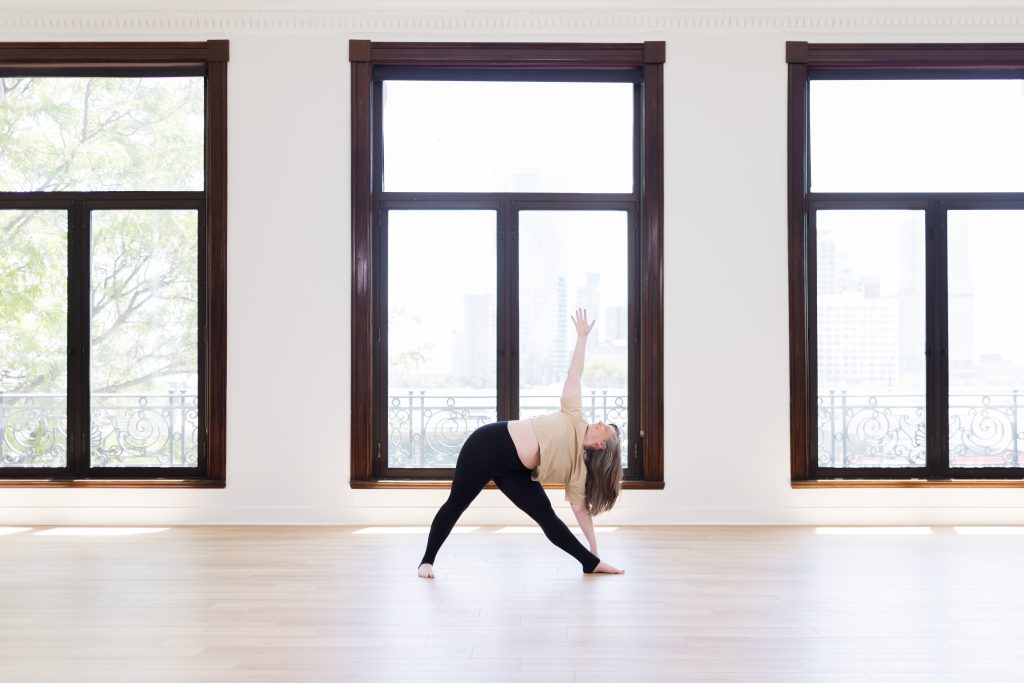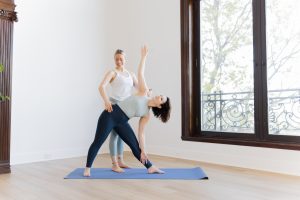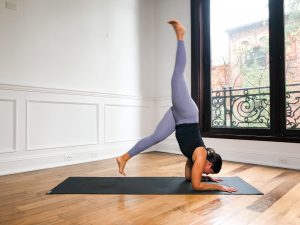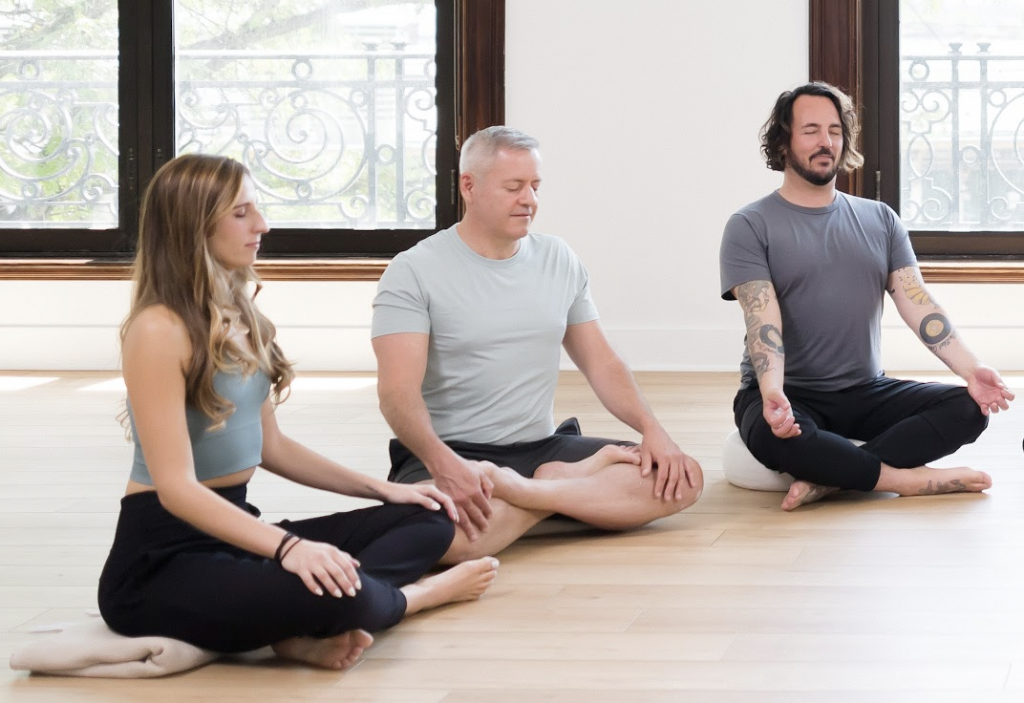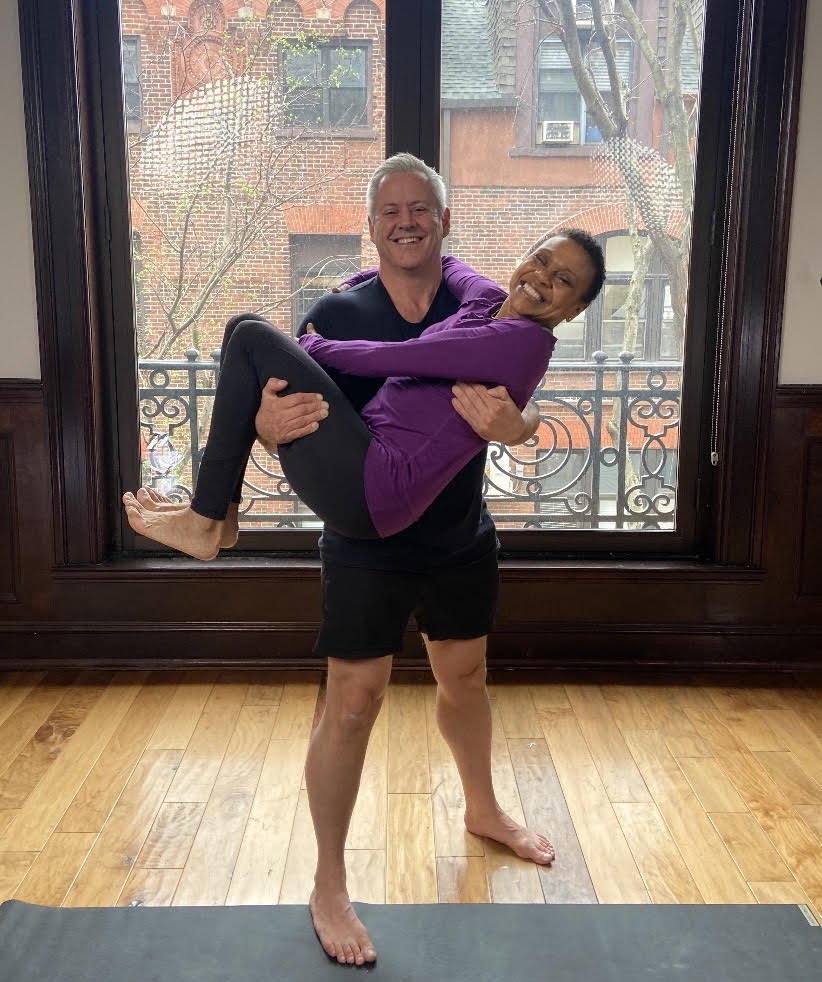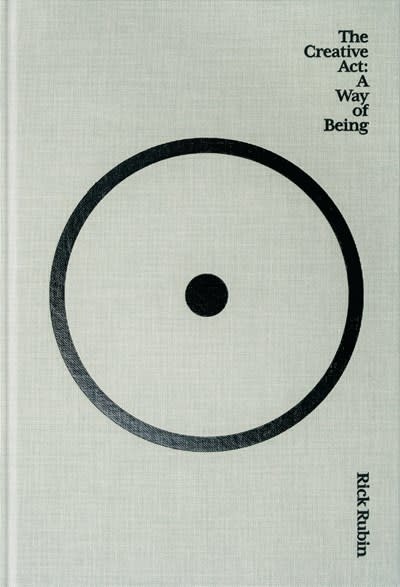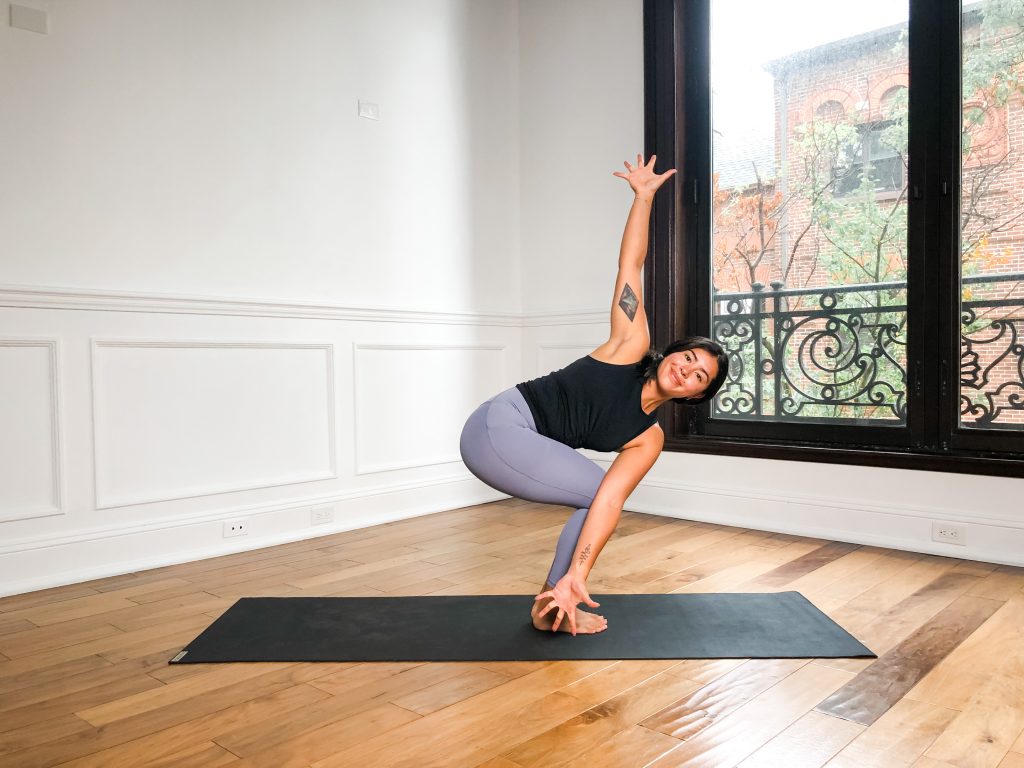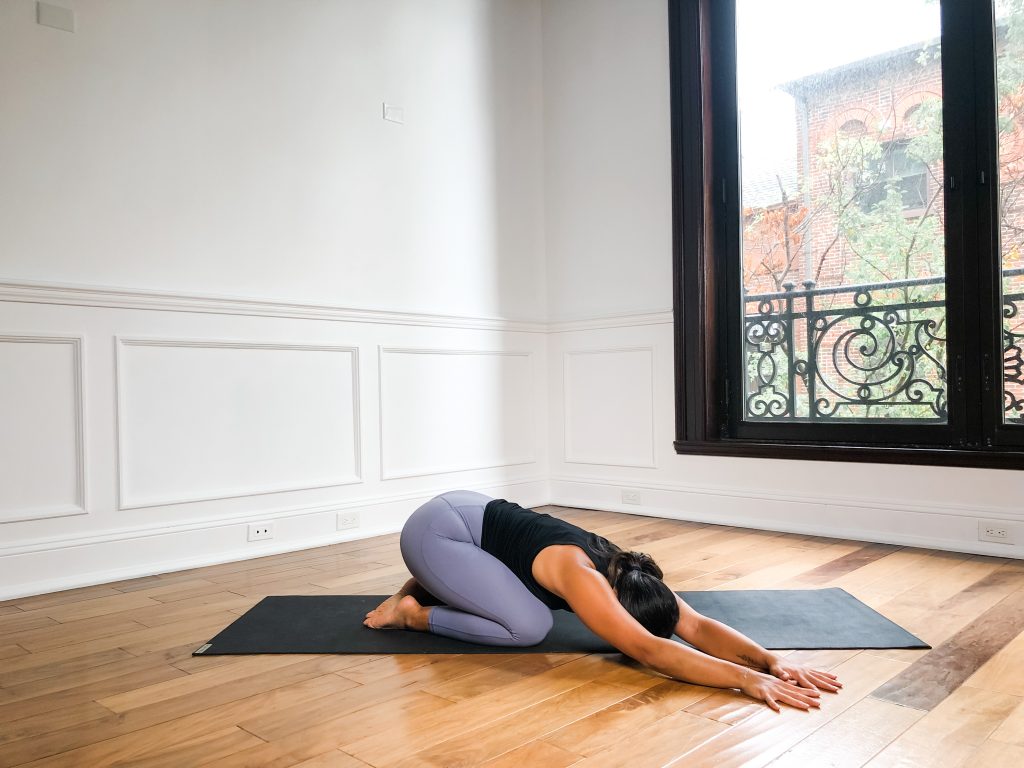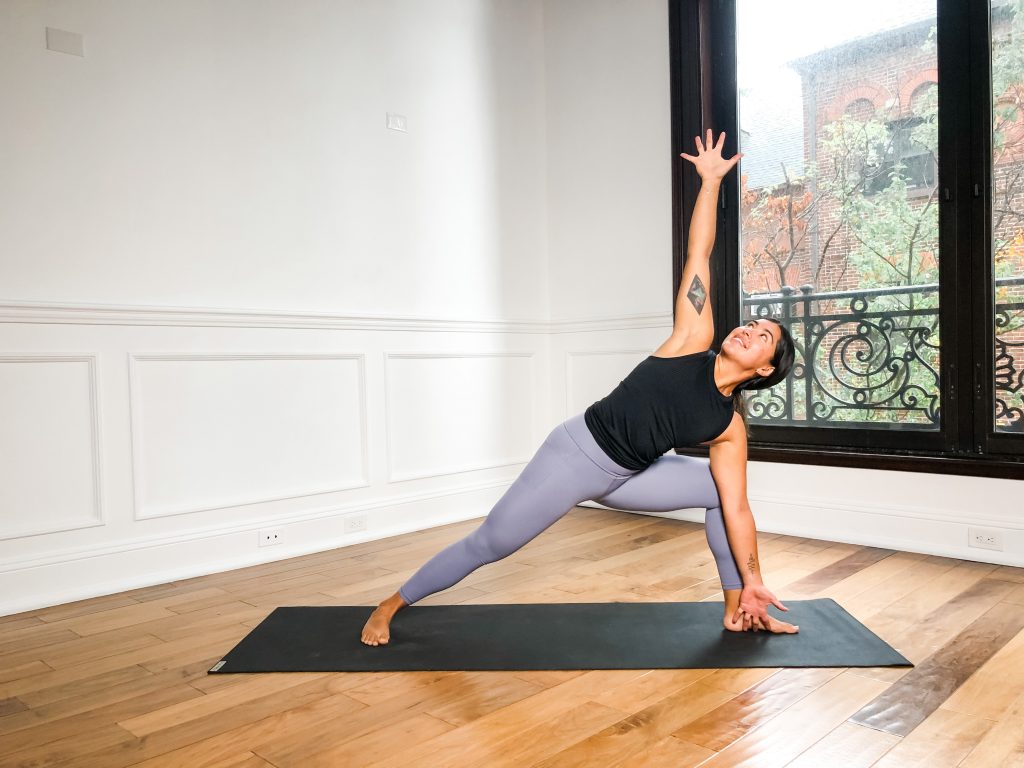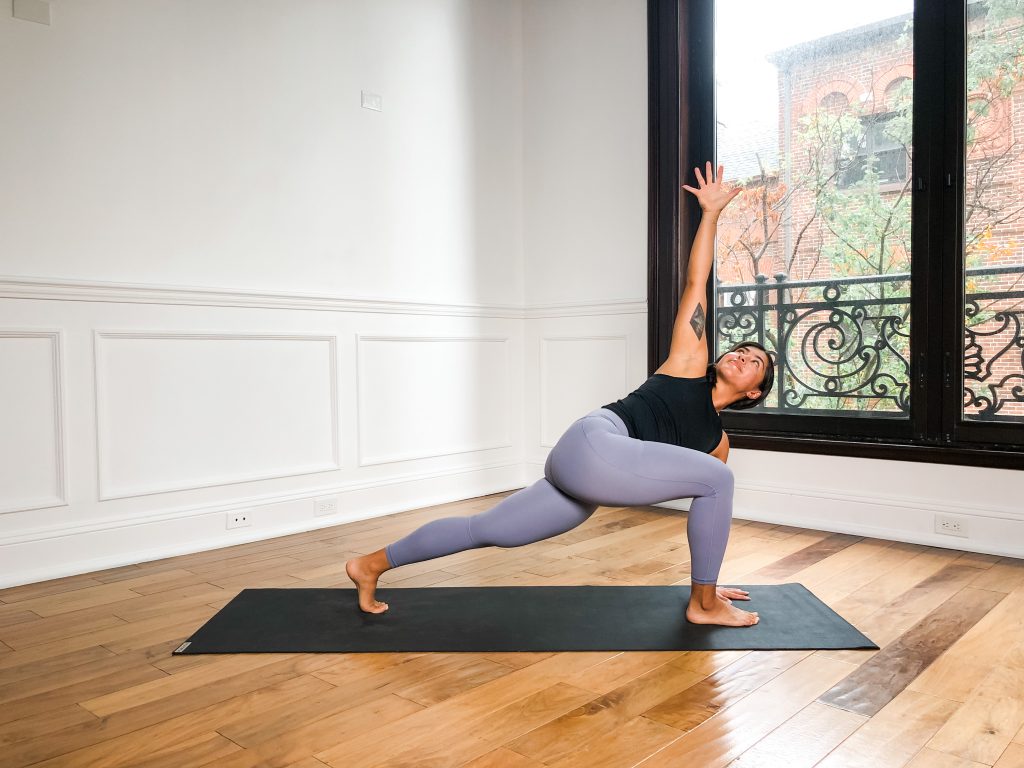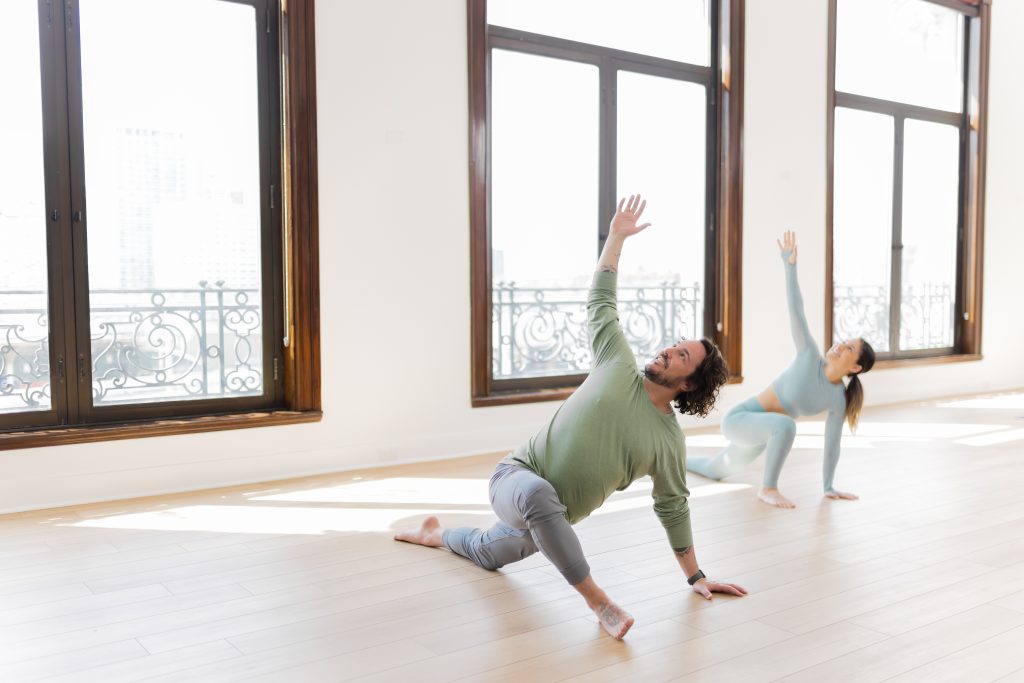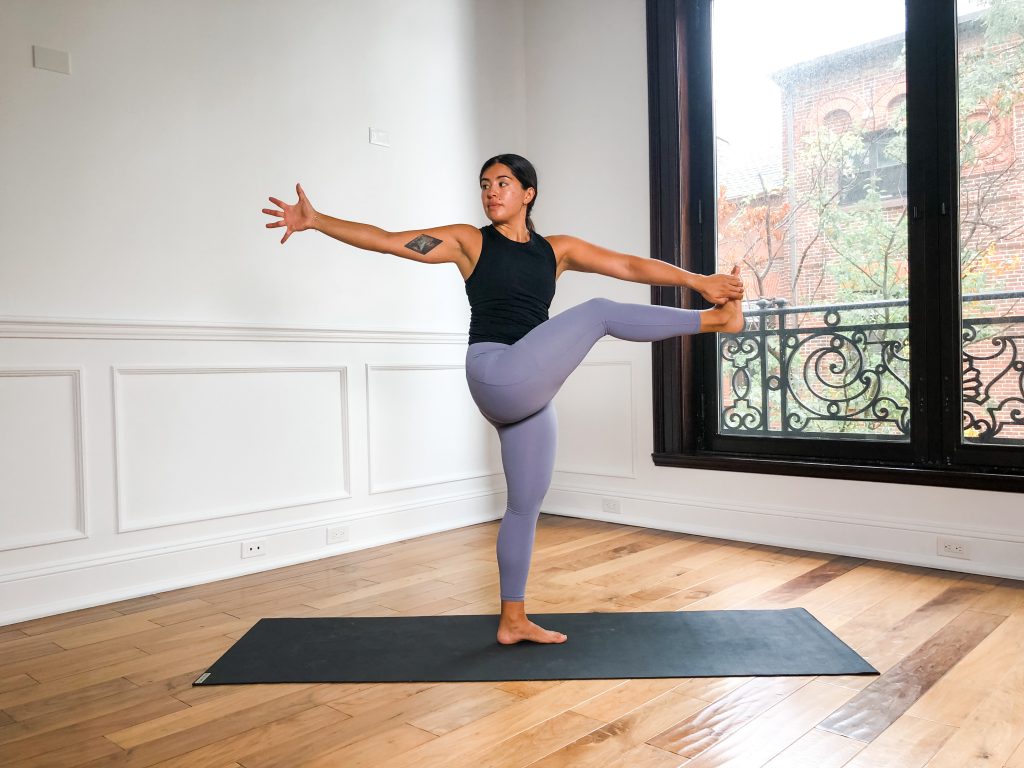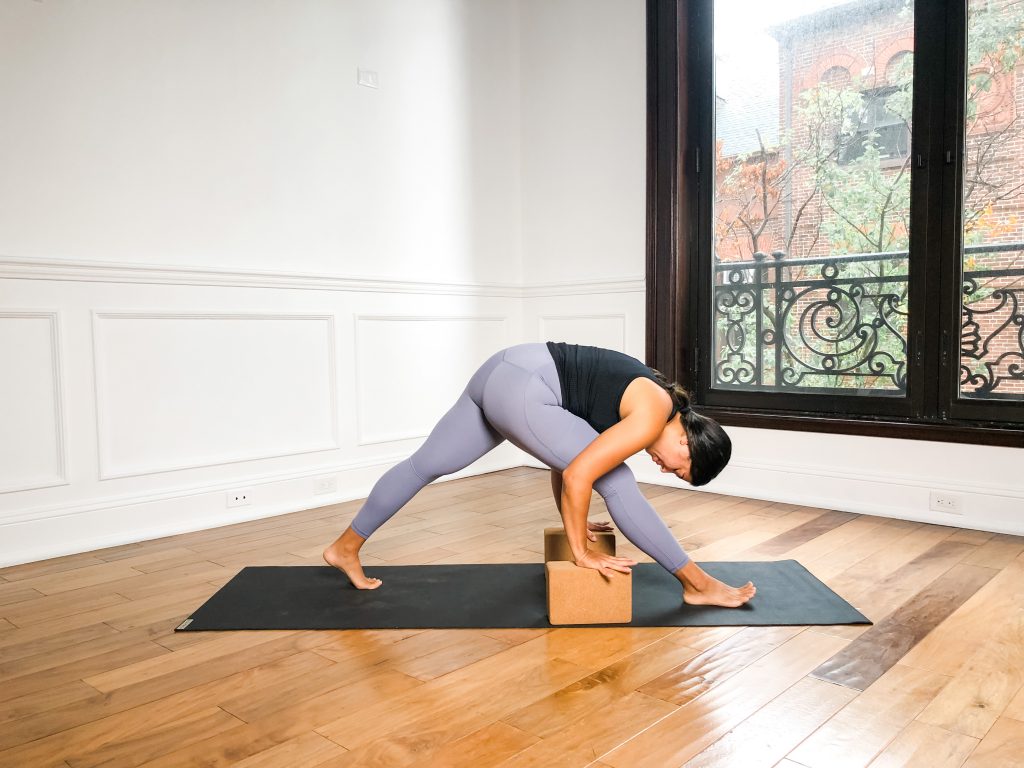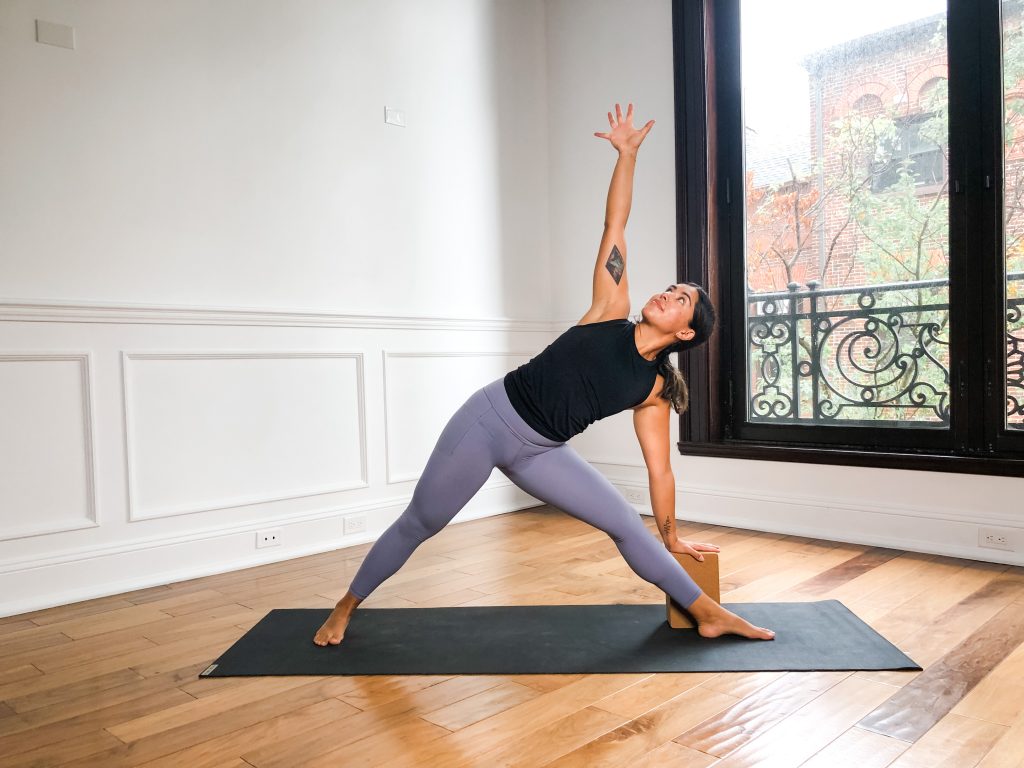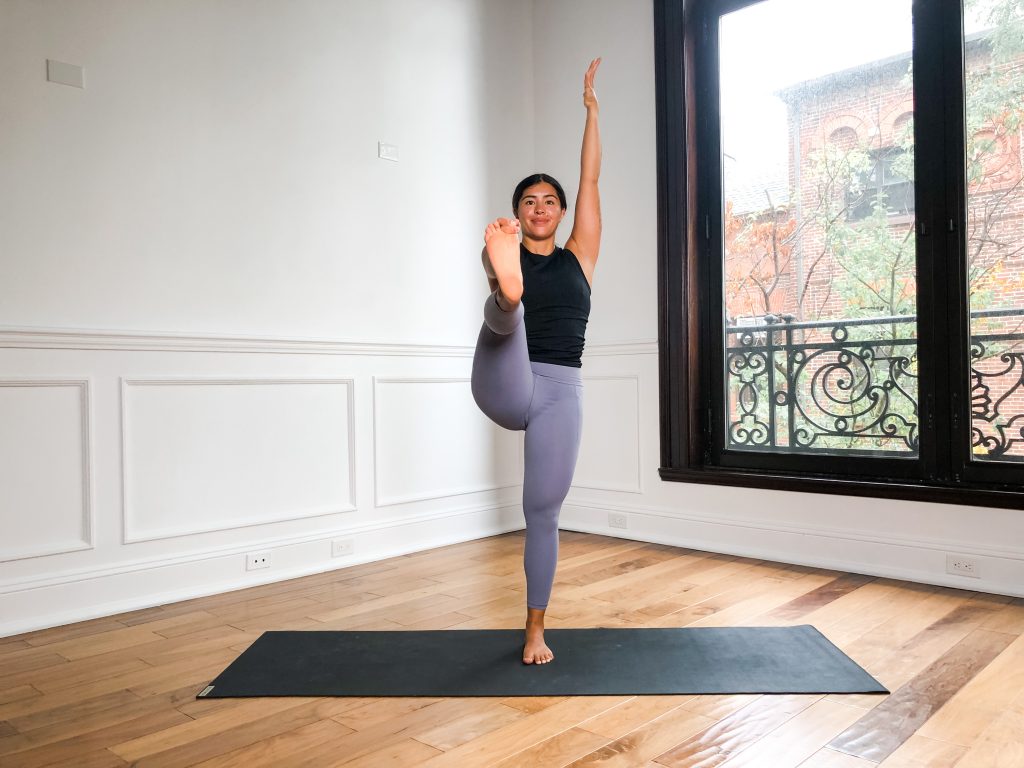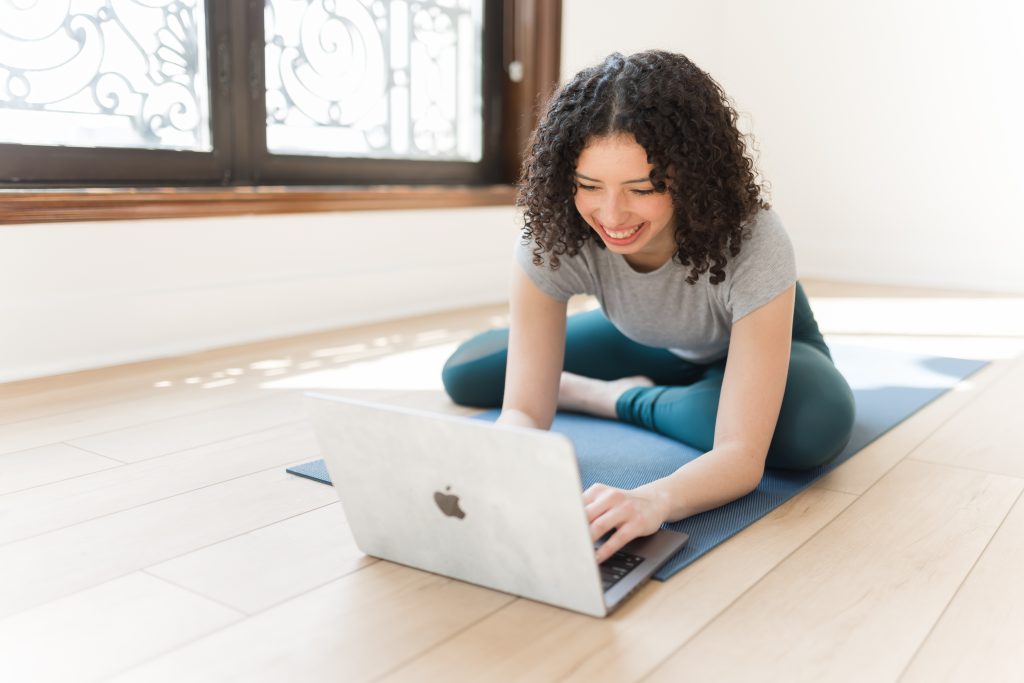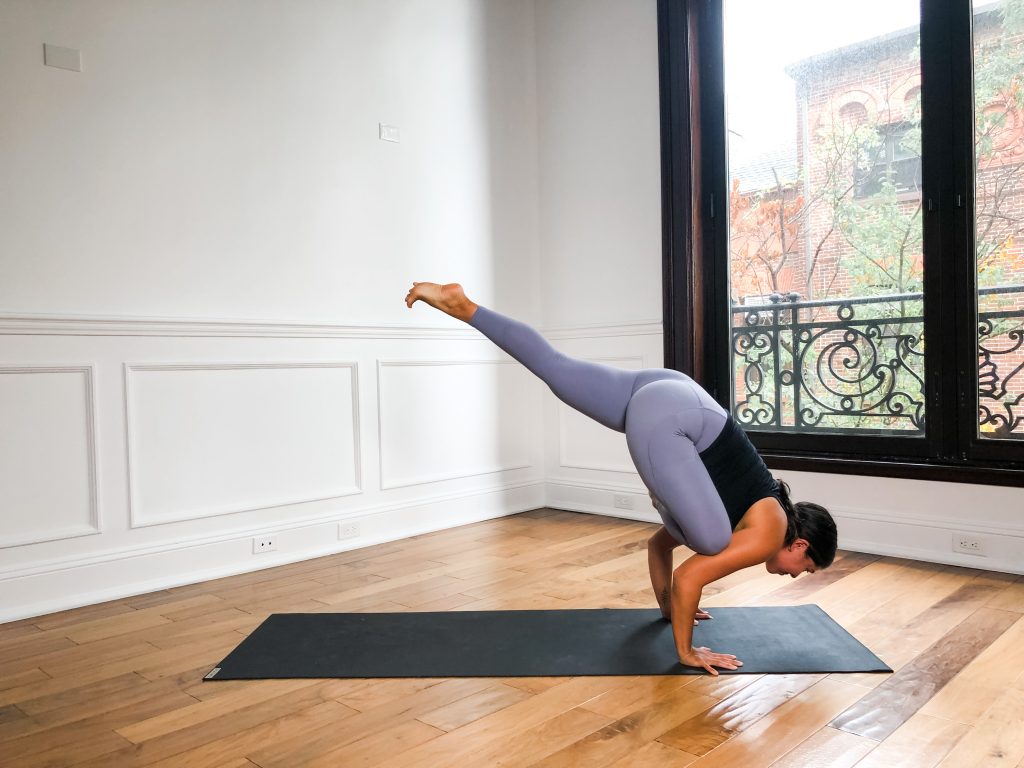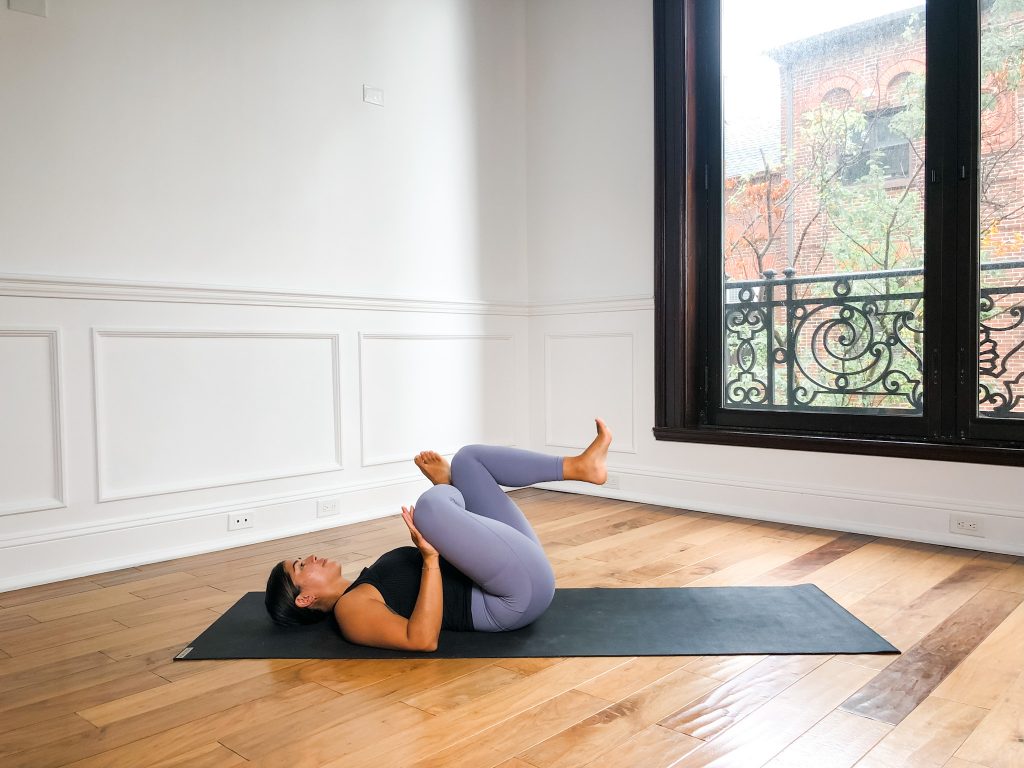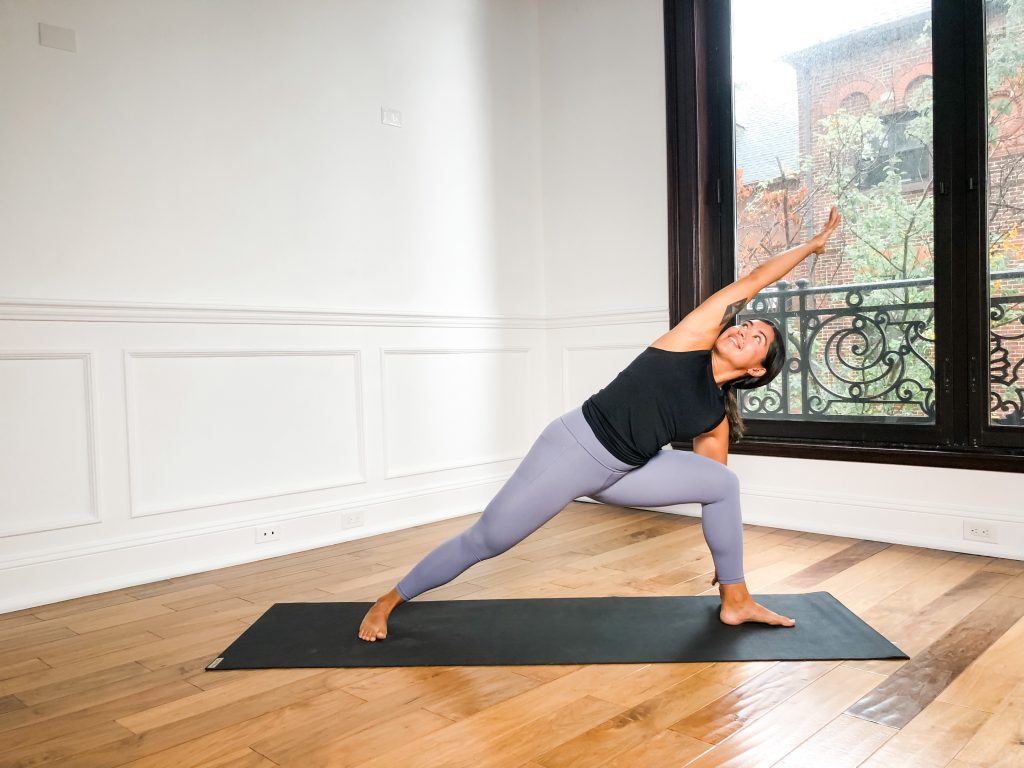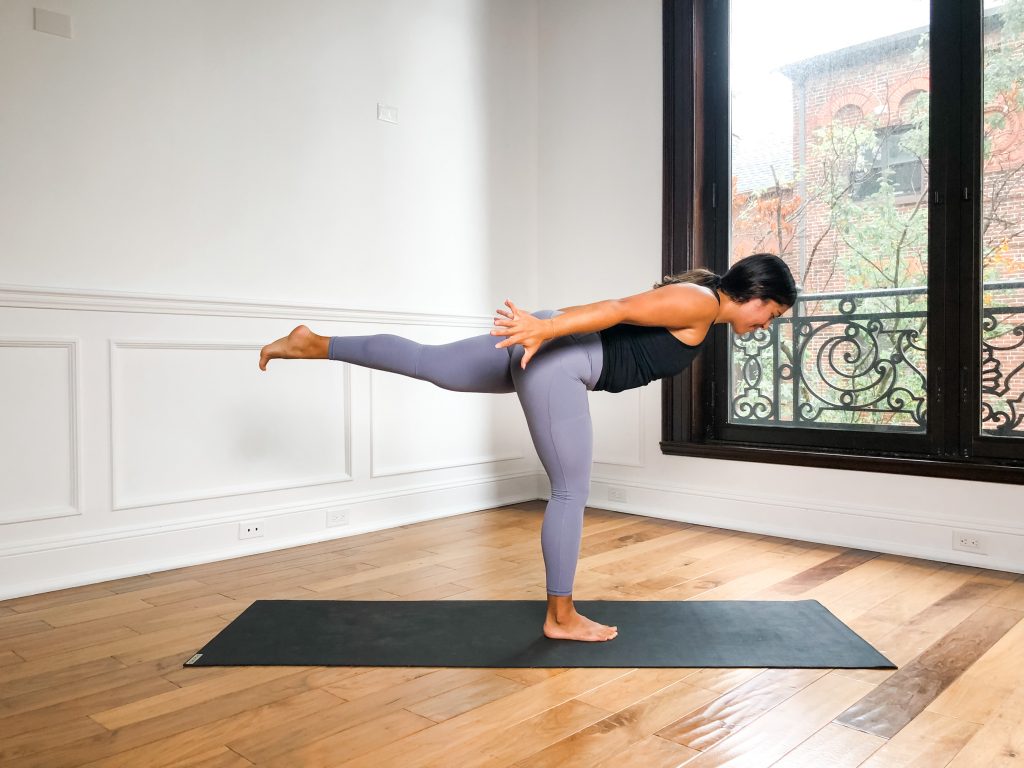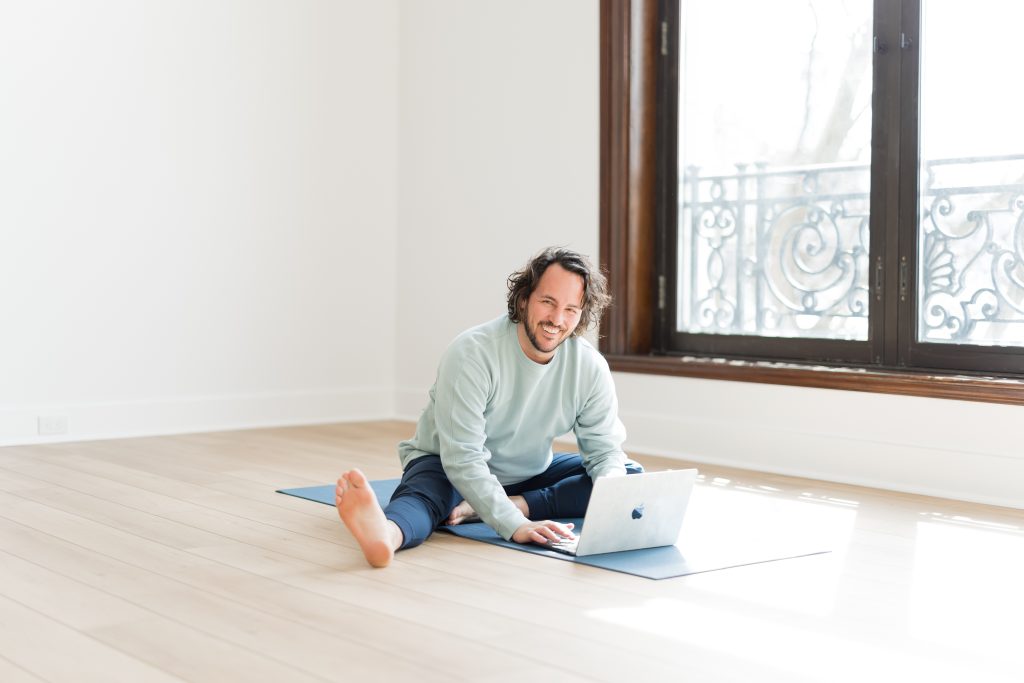
If you aren’t aware – ChatGPT is a piece of artificial intelligence that has been getting a ton of buzz lately. Students have been using it to do their homework, or write essays for school. It has been able to pass university level exams, and complete some pretty neat tasks.
But when it comes to sequencing a 60-minute vinyasa class, there’s still a lot to be desired. Lets take a look at what it did well, and what it didn’t do so well….
What did ChatGPT do well?
The sequence itself was organized in a pretty typical format. It starts off with a seated meditation and then goes into a cat/cow movements… Your pretty typical start to a class – so far, so good!
From there, it starts to move into some Sun Salutations to build a little heat and rhythm. Downward facing dog, low lunge and upward facing dog…. Still looking okay, a pretty standard vanilla looking class but not that bad for a computer!
Next up, we start to move through some standing poses before it gets into seated poses. Warrior 1, Warrior 2, Triangle Pose and Extended Side Angle… Again – structurally it looks okay…
After the standing poses, we go into seated forward folds…. Specifically we see Pigeon pose, then a seated forward fold.
From there we go into some spinal twists. First a seated spinal twist and then a reclined spinal twist. Probably wouldn’t want to do those two poses back to back, but overall the sequence has been okay so far.
It closes a final relaxation in savasana and then a seated meditation.
Here’s what the full sequence looks like in order:
- Seated Meditation
- Cat/Cow
- Downward Facing Dog
- Low Lunge
- Upward Facing Dog
- Warrior 1
- Warrior 2
- Triangle Pose
- Extended Side Angle
- Pigeon Pose
- Seated Forward Fold
- Seated Spinal Twist
- Reclined Spinal Twist
- Savasana
- Seated Meditation
It was definitely a little better than we thought it would’ve been but there are some glaring issues here as well.
What did ChatGPT do “not-so-well”?
ChatGPT was able to put together a fairly good outline for a Vinyasa sequence, but it was really just a good starting point. There are some pretty big gaps in the sequence’s structure and organization so lets take a look at some of those…
First and foremost, there’s a disclaimer within the sequence that mentions the importance of using this sequence alongside a yoga teacher who’s qualified to deliver the class in a safe and effective way. This really highlights the importance of having the human touch in class.
The sequence doesn’t provide any guidance on modifications or how to accommodate injuries. It also doesn’t provide any guidance or cues on how to move between poses safely.
In terms of structure, it isn’t really practical to make it through a 60 minute Vinyasa yoga class with 15 poses. ChatGPT asks us to stay in each pose for 5 minutes – can you imagine?! Staying in Triangle pose for 5 minutes? Yin or Restorative classes will stay in postures for a long time to get deep into Connective Tissue, or activate restorative processes in the body however these postures are done on the floor with little to no muscle involvement.
In a Vinyasa class, we match the movement to the breath. One movement: one breath. One movement: one breath. Each breath brings a new movement, so holding a posture for 5 minutes is definitely not something we’ll be looking to incorporate into our classes anytime soon.
What can we takeaway from this?
ChatGPT is a pretty neat piece of technology, but it still has a lot to learn when it comes to building a 60 minute Vinyasa yoga sequence. Lacking the human element, we don’t get any insight or guidance on transitions, how to accommodate injuries, any information on modifications. Structurally, it isn’t realistic to hold these poses for 5 minutes or to have 15 poses in a 60 minute Vinyasa class. These are some of the reasons you shouldn’t use ChatGPT to sequence your vinyasa classes.
Looks like a point for the humans today!
Humans: 1
Machines: 0


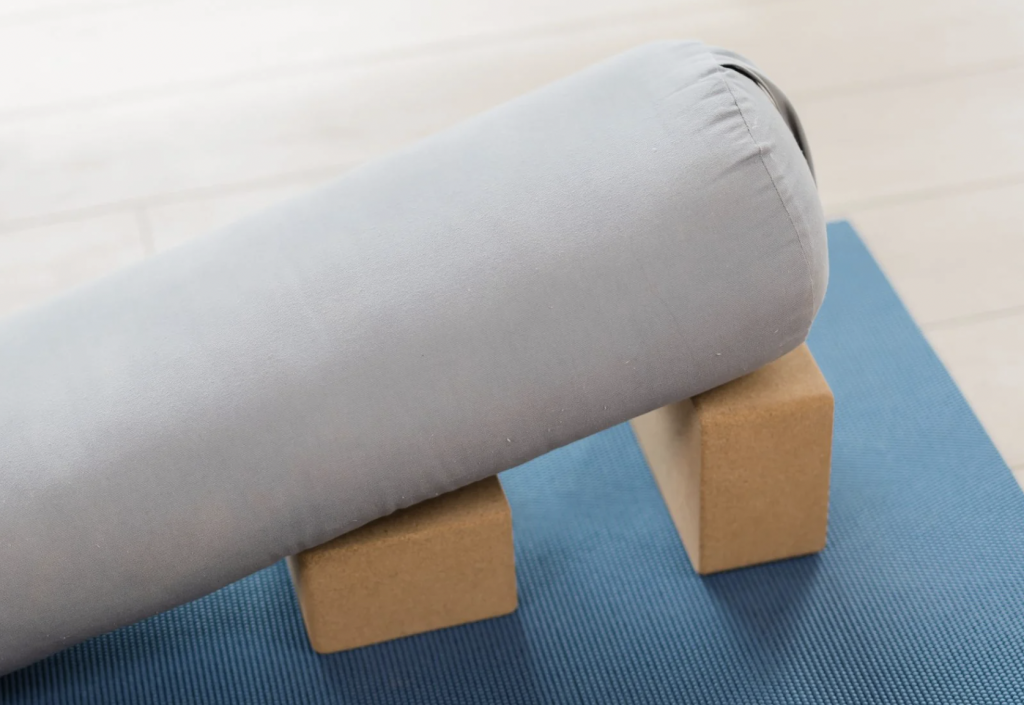
 B.K.S. Iyengar first introduced yoga blocks into his practice to better assist himself and his students’ alignment in the asanas. Iyengar would use wooden blocks, but over the years other materials have taken the place of wood. Blocks have since then been heavily incorporated into almost every style of yoga. They also come in different dimensions, with the most common being 4 x 6 x 9 inches. They have different weights as well, with the standard being around 12-13 ounces.
B.K.S. Iyengar first introduced yoga blocks into his practice to better assist himself and his students’ alignment in the asanas. Iyengar would use wooden blocks, but over the years other materials have taken the place of wood. Blocks have since then been heavily incorporated into almost every style of yoga. They also come in different dimensions, with the most common being 4 x 6 x 9 inches. They have different weights as well, with the standard being around 12-13 ounces.  Pillows and bolsters are a great way to find comfort when you need a soft, cushiony space for yourself in a pose. Bolsters are ideal for restorative and yin poses, as they add the extra support often needed in deep, restful poses. Pillows are a great addition for teachers and students to sit on when a block is just a bit too hard or rough.
Pillows and bolsters are a great way to find comfort when you need a soft, cushiony space for yourself in a pose. Bolsters are ideal for restorative and yin poses, as they add the extra support often needed in deep, restful poses. Pillows are a great addition for teachers and students to sit on when a block is just a bit too hard or rough. Straps come in a wide variety of lengths and styles for purchase. Straps will help you deepen stretches without compromising the position of your back and can be used in many poses.
Straps come in a wide variety of lengths and styles for purchase. Straps will help you deepen stretches without compromising the position of your back and can be used in many poses.
